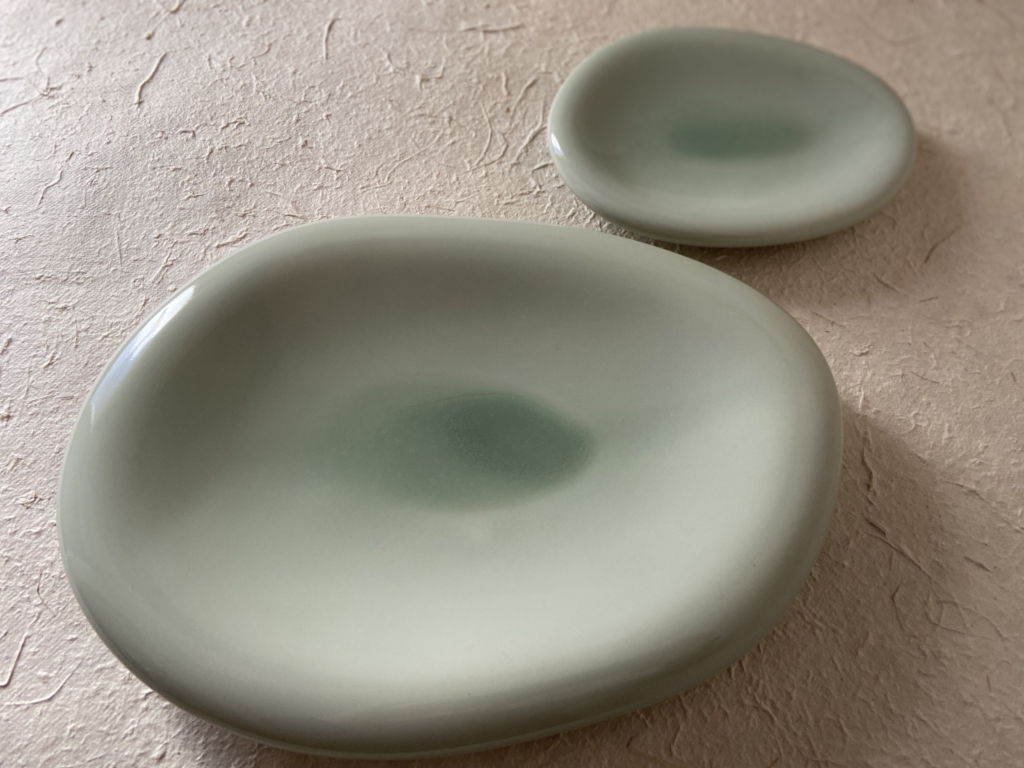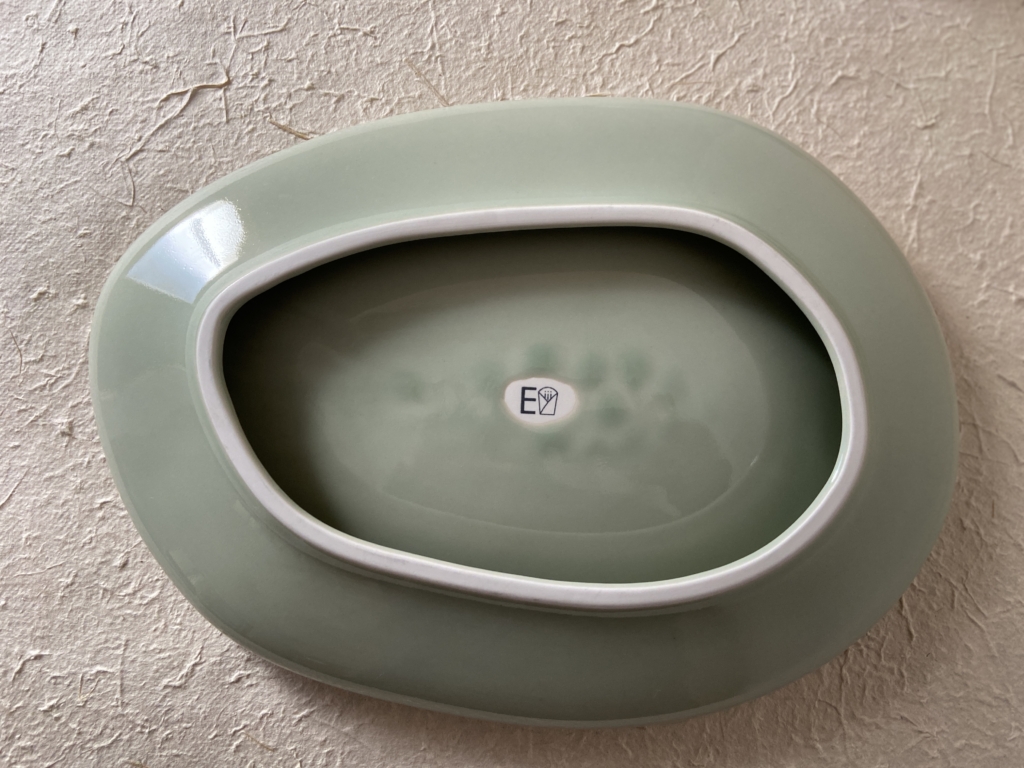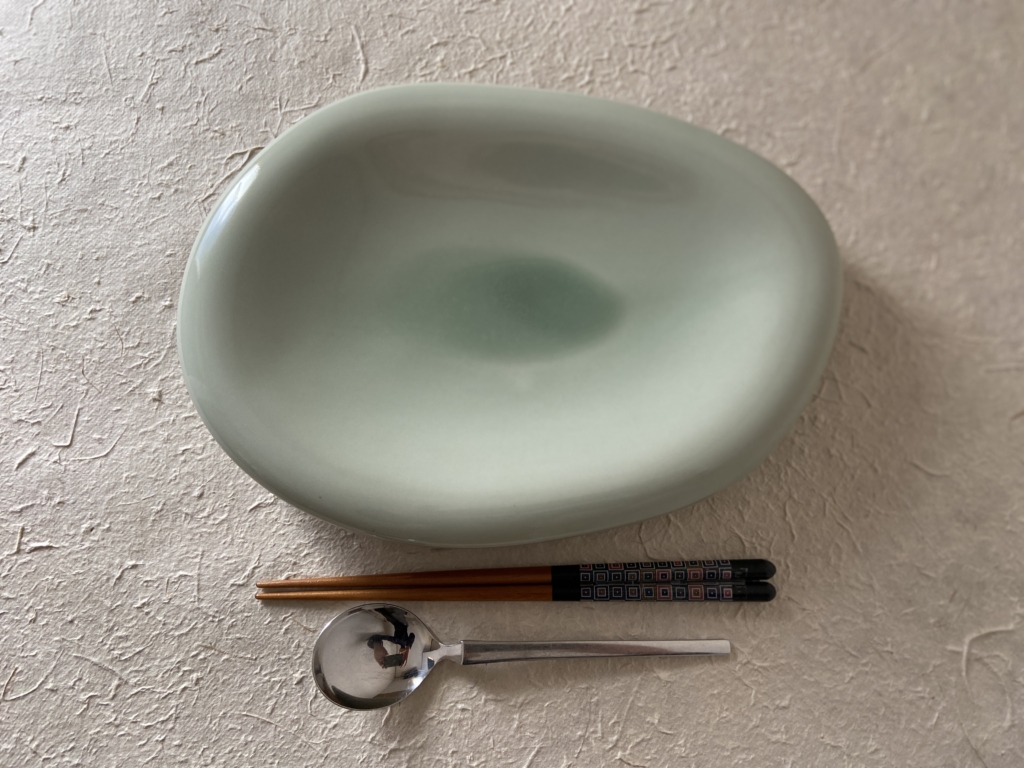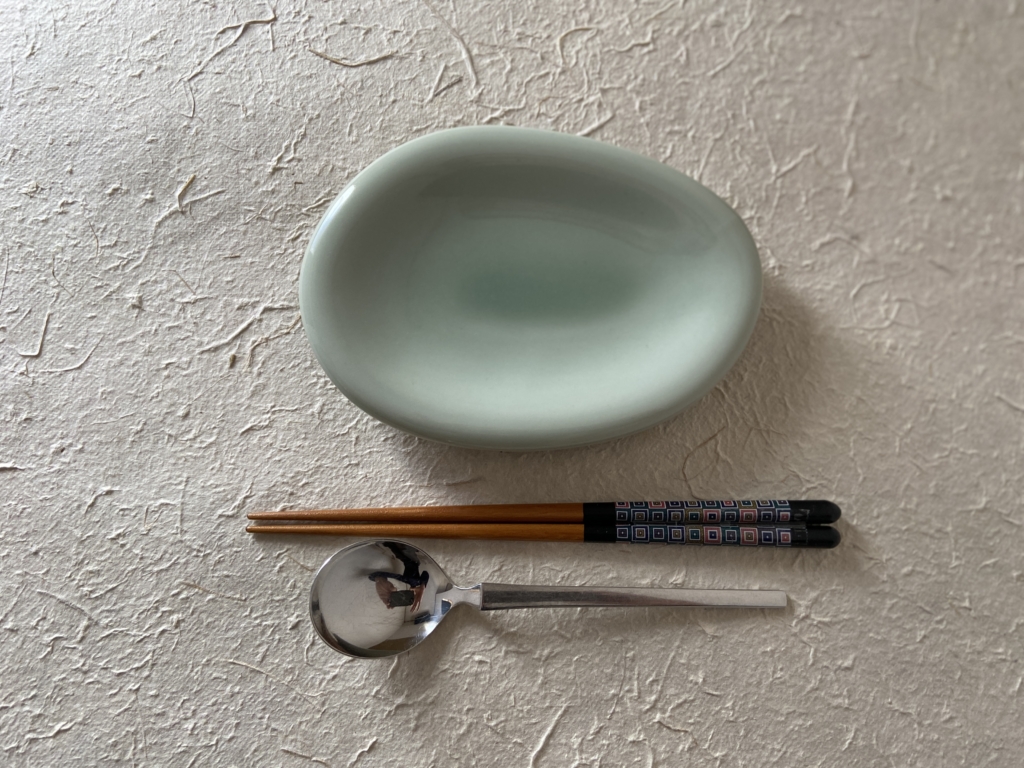About Setomono
Seto is the name of the area where Setomono is produced. Seto was nominated as Japanese heritage for Japanese top six old kilns.
Founder of Setomono is Kagemasa Shirozaemon Kato, we call him as Toshiro, he used glaze to produce potter first time in Japan. By doing so, Toshiro created a new area for pottery. Pottery can create new beauty. We call it as Sometsuke which means making colors on it. This unique technique is traditional craft in Seto and very popular now, especially the deep indigo blue painted on glassy white potter’s base produces special taste.
Now, let us introduce some of potteries and their works.
Seto is the name of the area where Setomono is produced. Seto was nominated as Japanese heritage for Japanese top six old kilns.
Founder of Setomono is Kagemasa Shirozaemon Kato, we call him as Toshiro, he used glaze to produce potter first time in Japan. By doing so, Toshiro created a new area for pottery. Pottery can create new beauty. We call it as Sometsuke which means making colors on it. This unique technique is traditional craft in Seto and very popular now, especially the deep indigo blue painted on glassy white potter’s base produces special taste.
Now, let us introduce some of potteries and their works.
Hakuhouen pottery manufacturer
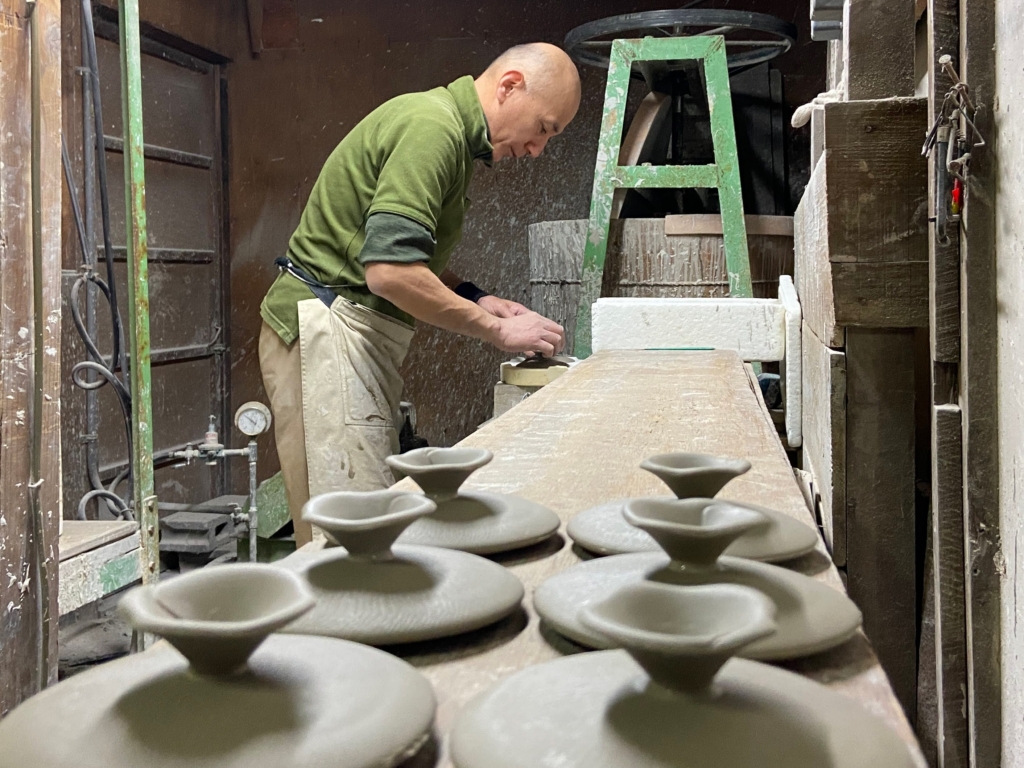
Setomono “Akazu pottery” with a new breath.
Setomono “Akazu pottery” with a new breath.
Hakuhouen is located at the foot of Sanage hill, where Setomono originated.
Present owner is the fourth generation and he has been keeping traditional technique of Akazu pottery, which has long history behind.
You can feel its softness from his work and it matches to people in present time, and also, his tableware is appreciated by any age of people.
Diamond plate Kind of material: pottery (unable to wash in a dishwasher)
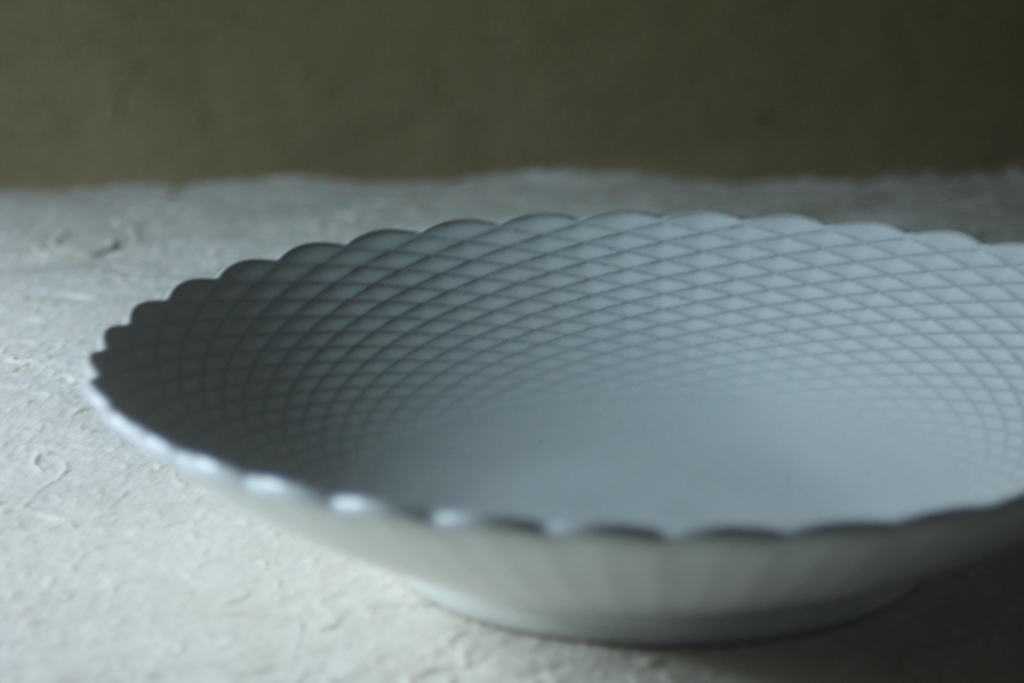
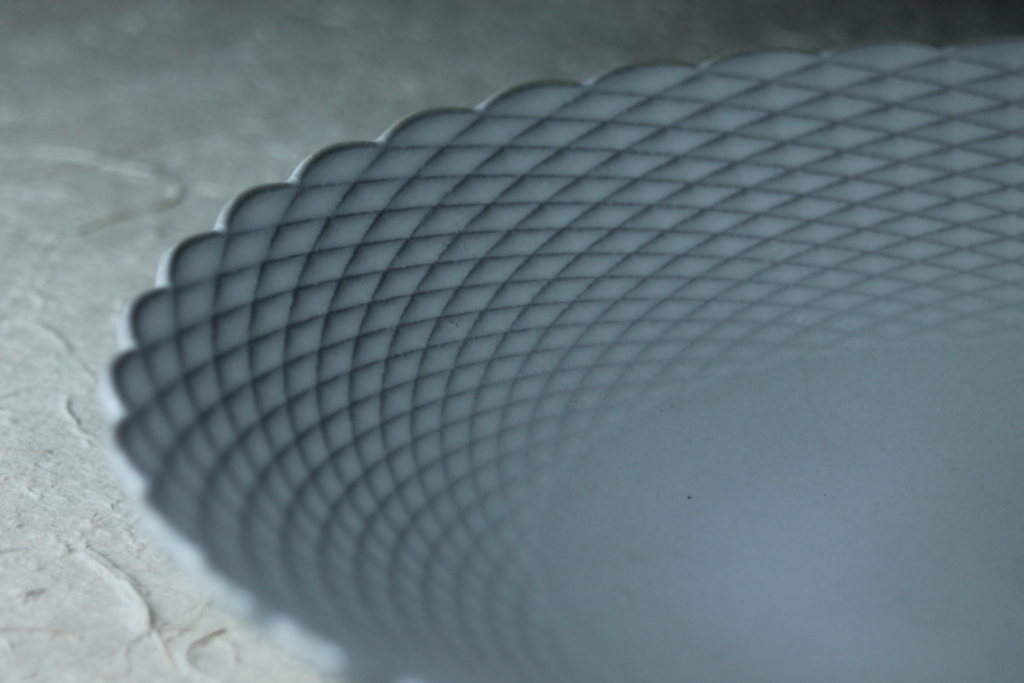
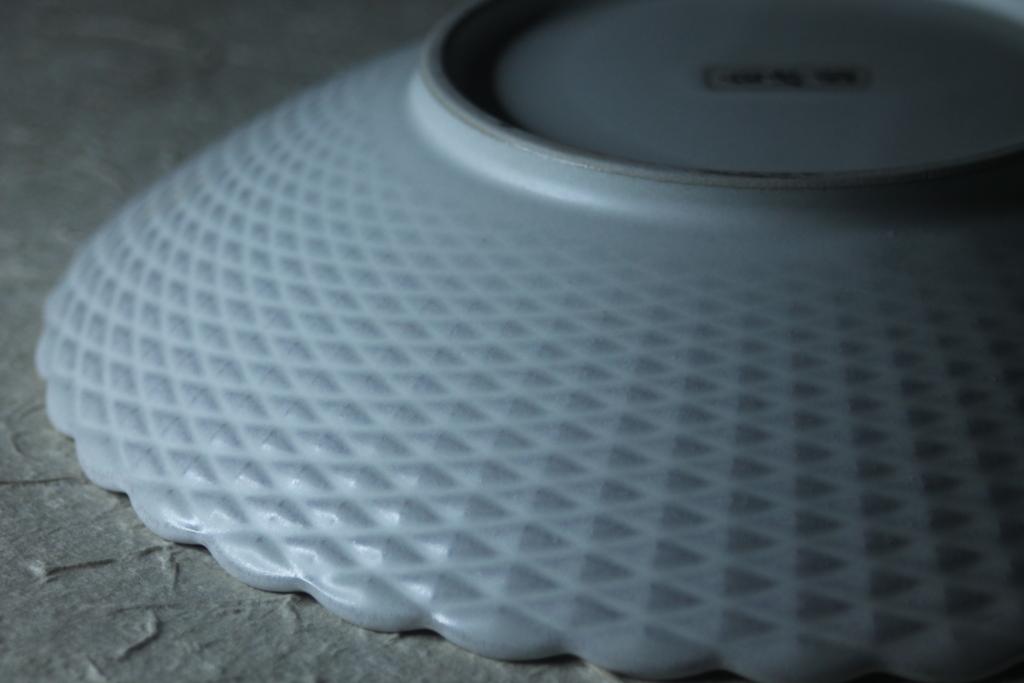
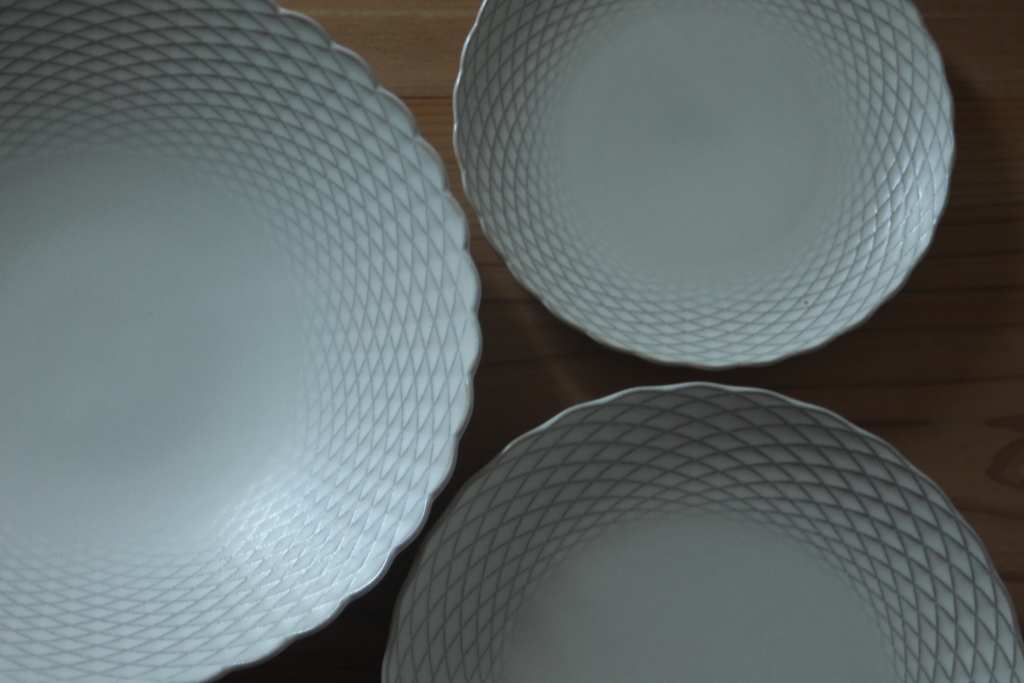
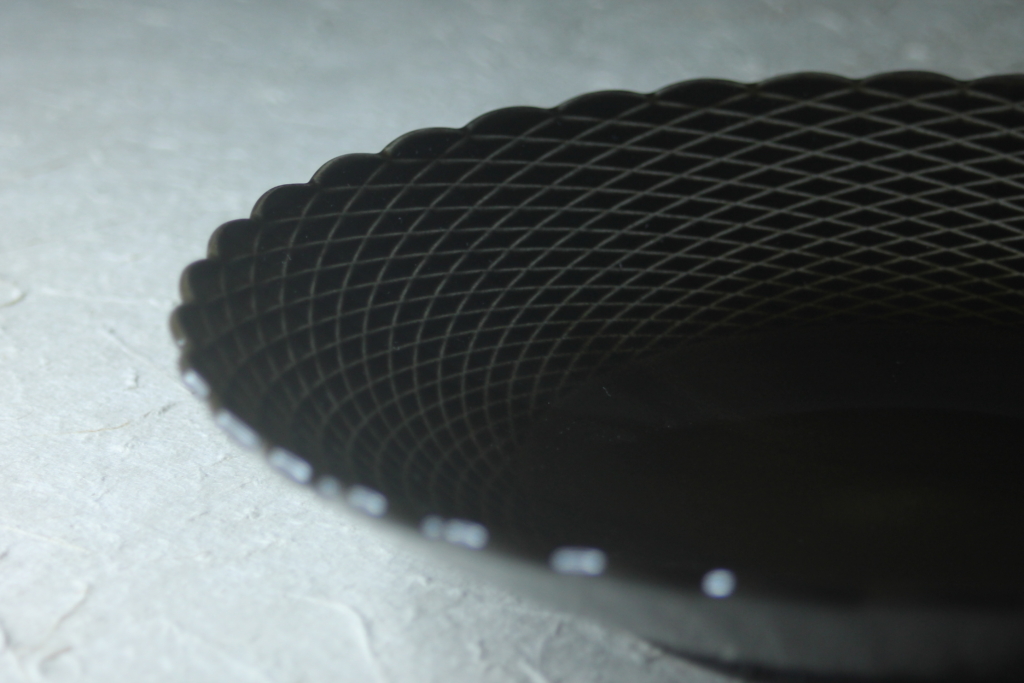
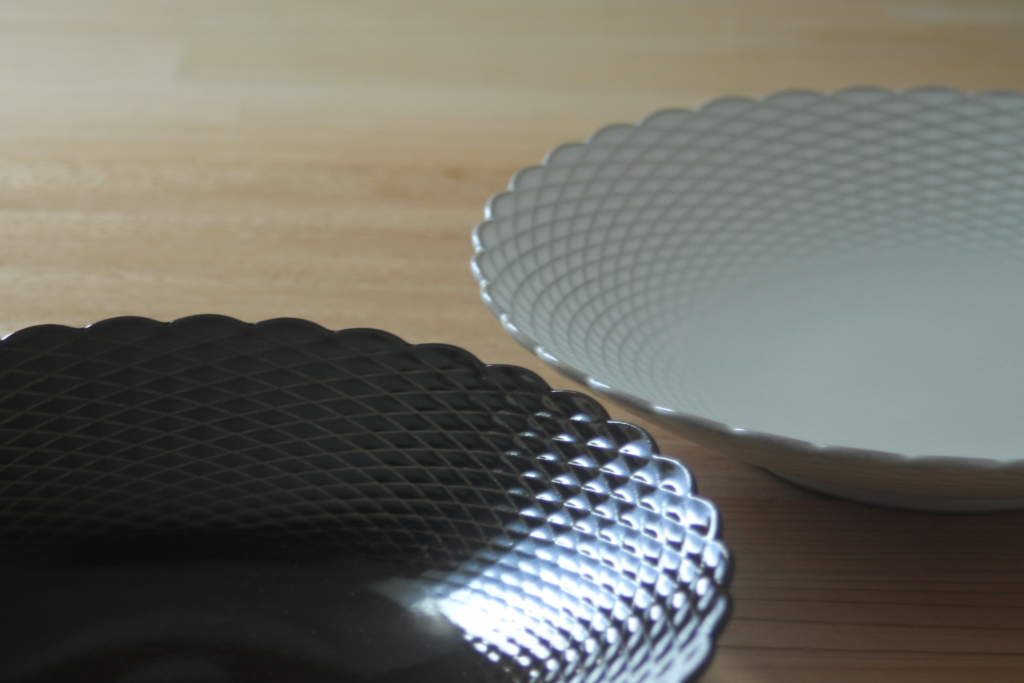
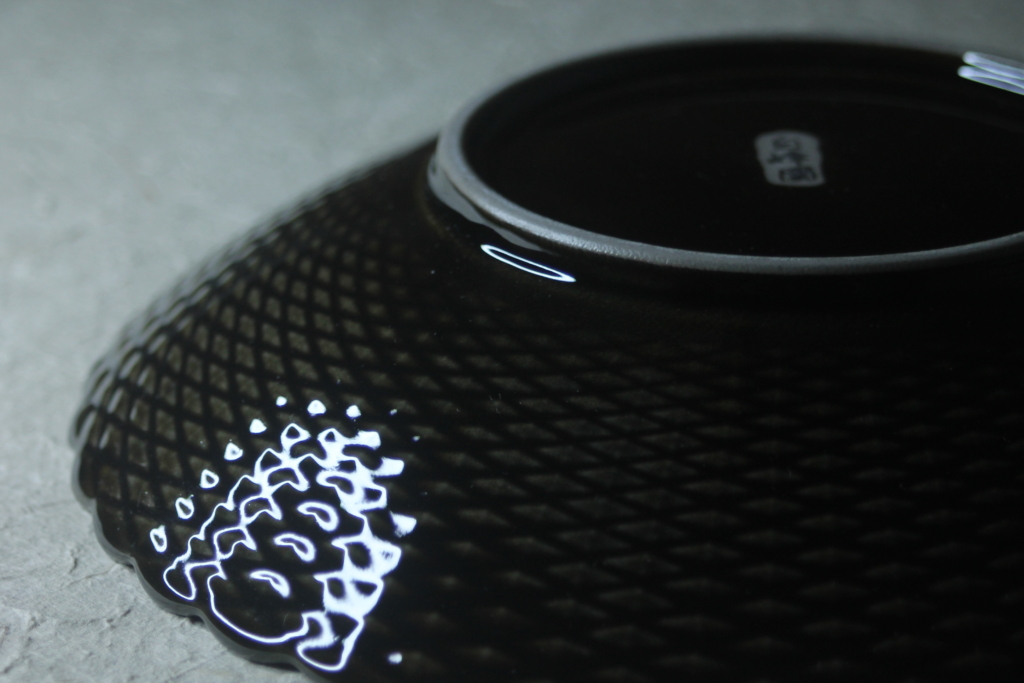
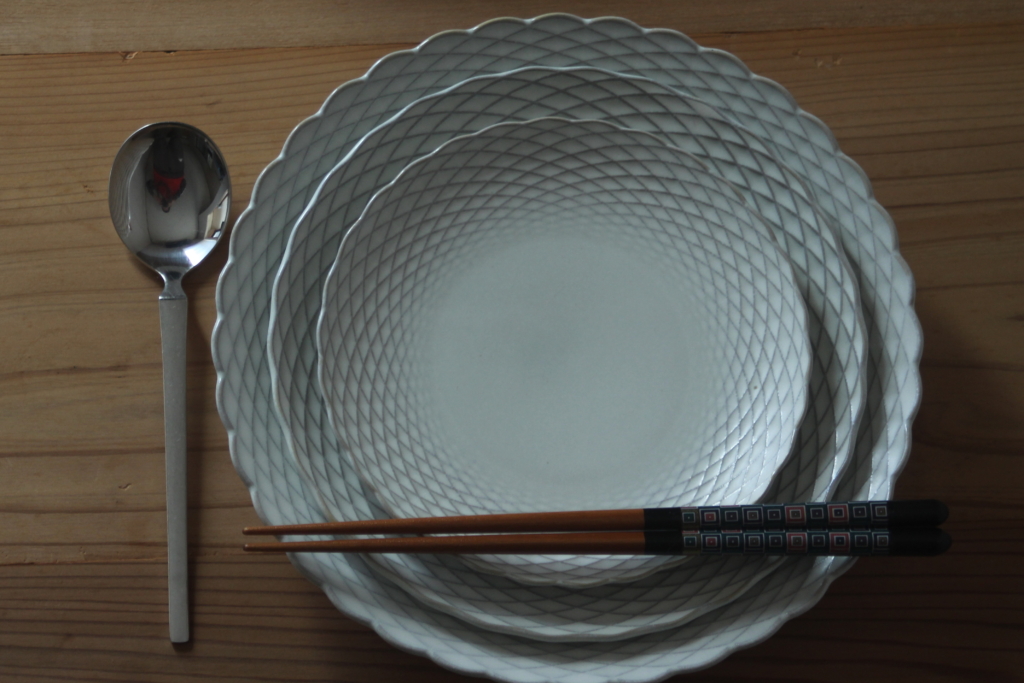
Shirakaba tokusa long bowl Kind of material: pottery (unable to wash in a dishwasher)
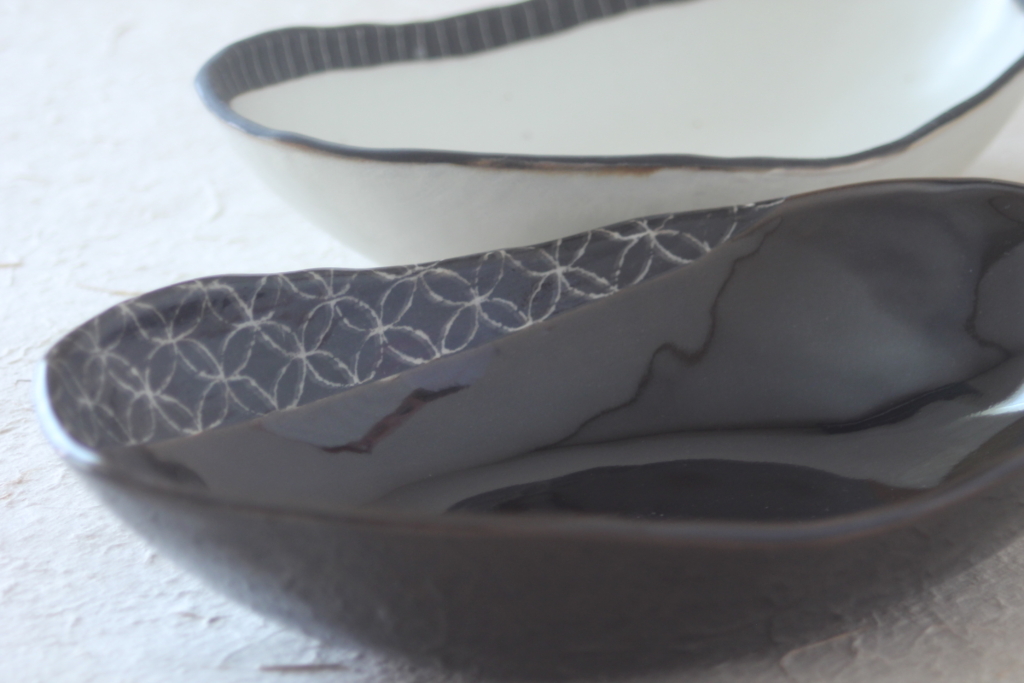
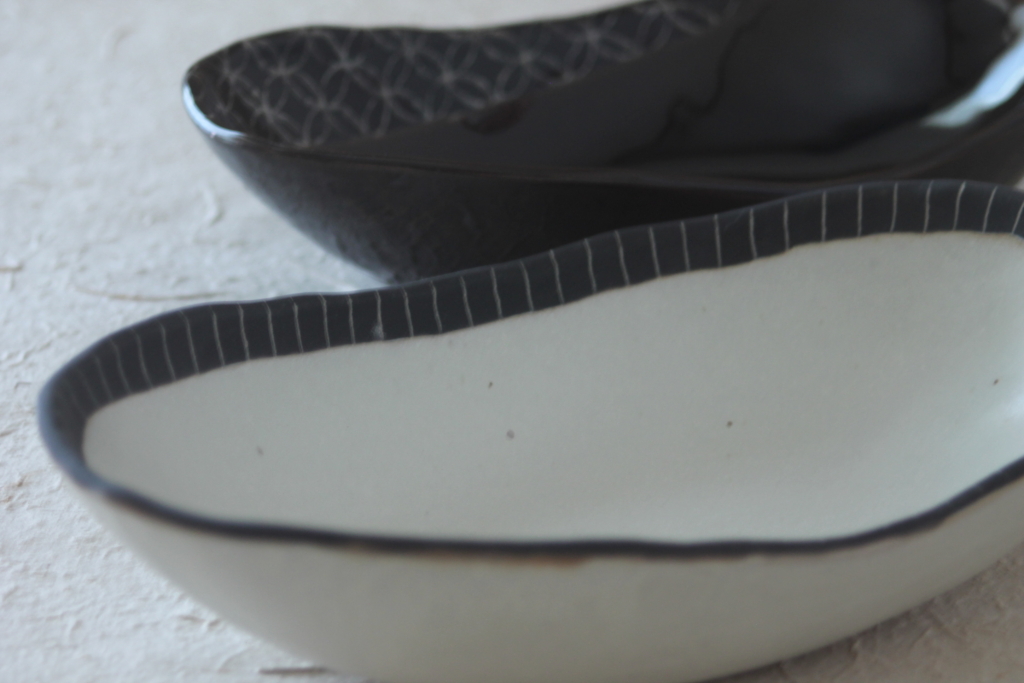
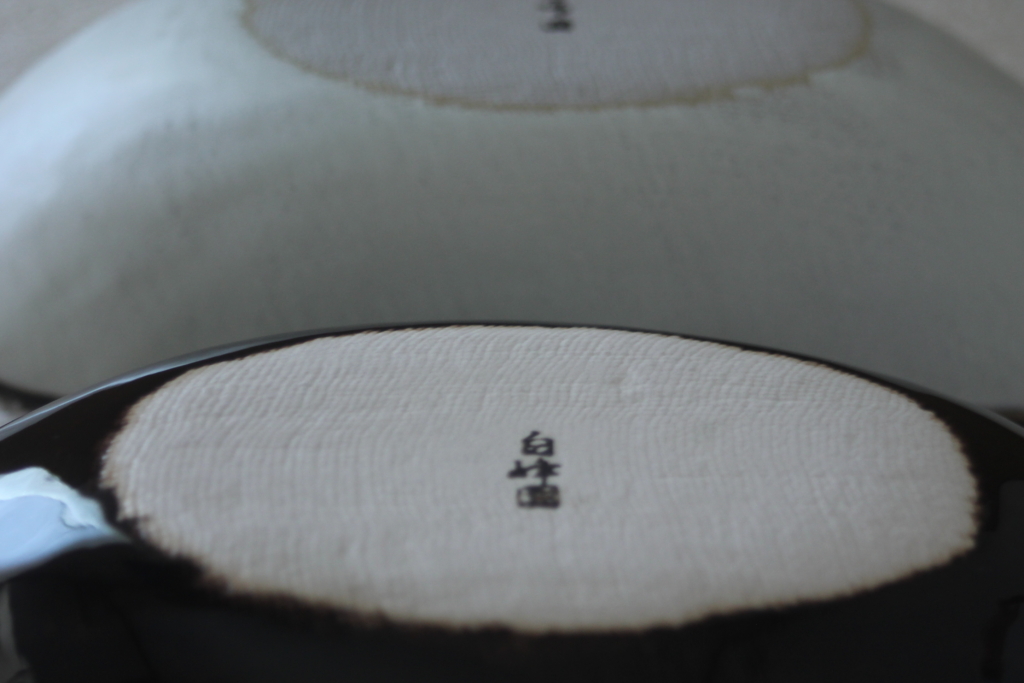
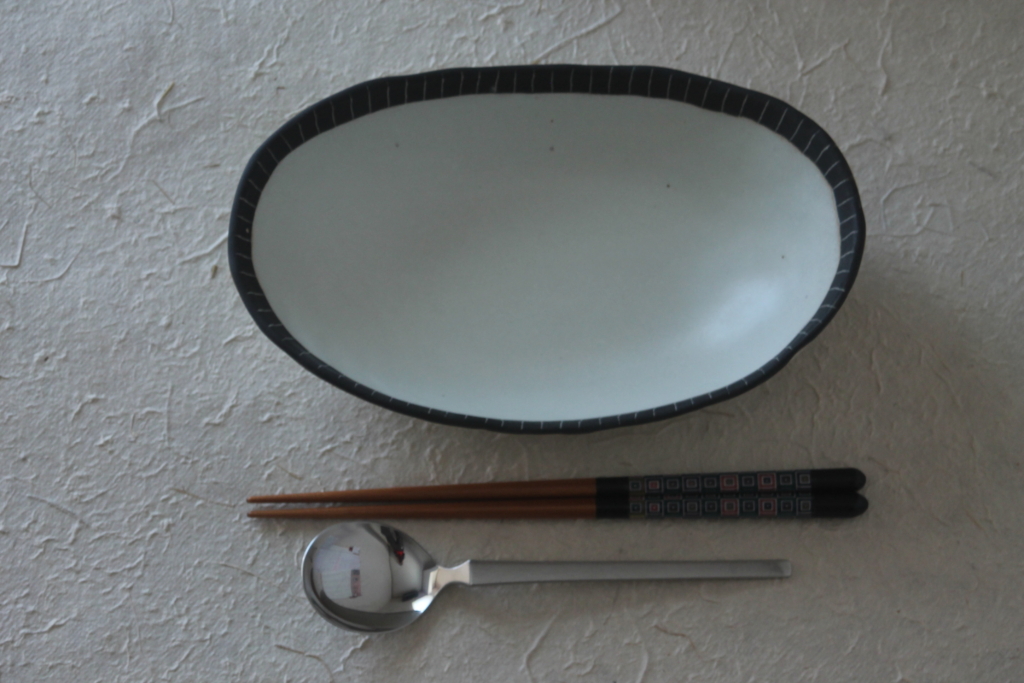
Sin Kiln
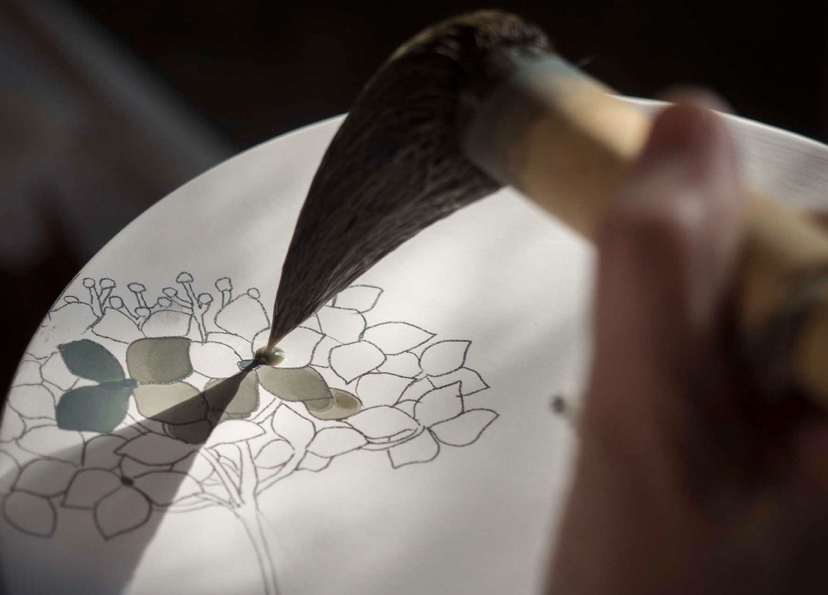
Indigo Blue with its warmness. 100 years since establishment, Painting Kiln.
Indigo Blue with its warmness. 100 years since establishment, Painting Kiln.
Handy craft; “Seto some-tsukeyaki (painting Kiln)”.
Sin kiln has been keeping this traditional technique since its establishment 100 years ago.
You can feel warmness from their tableware.
Their atelier is surrounded with full of nature and this enable for Sin kiln to creates the warmness.
Fourth generation inherits excellently this special technique called“Dami”.
Clay, glaze, pigment for indigo blue and how to fire, Sin kiln is very particular about all of those.
That’s how they can create state-of-art tableware with the contrast of white and indigo blue.
Asanoha star anaise bowl L・M・S Kind of material: porcelain(chinaware) (able to wash in a dishwasher)
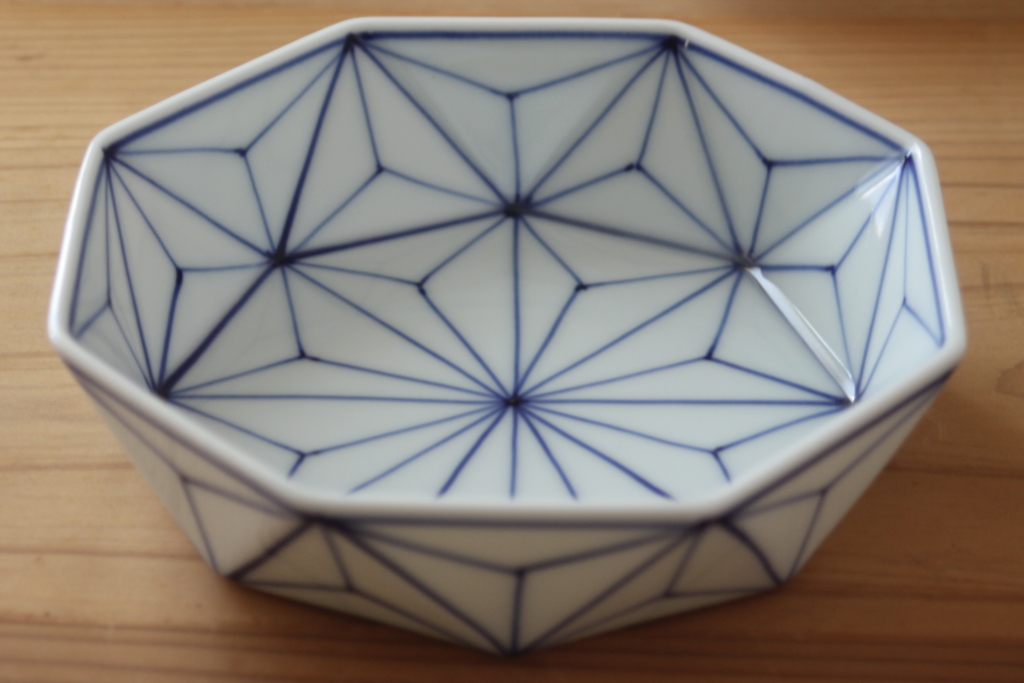
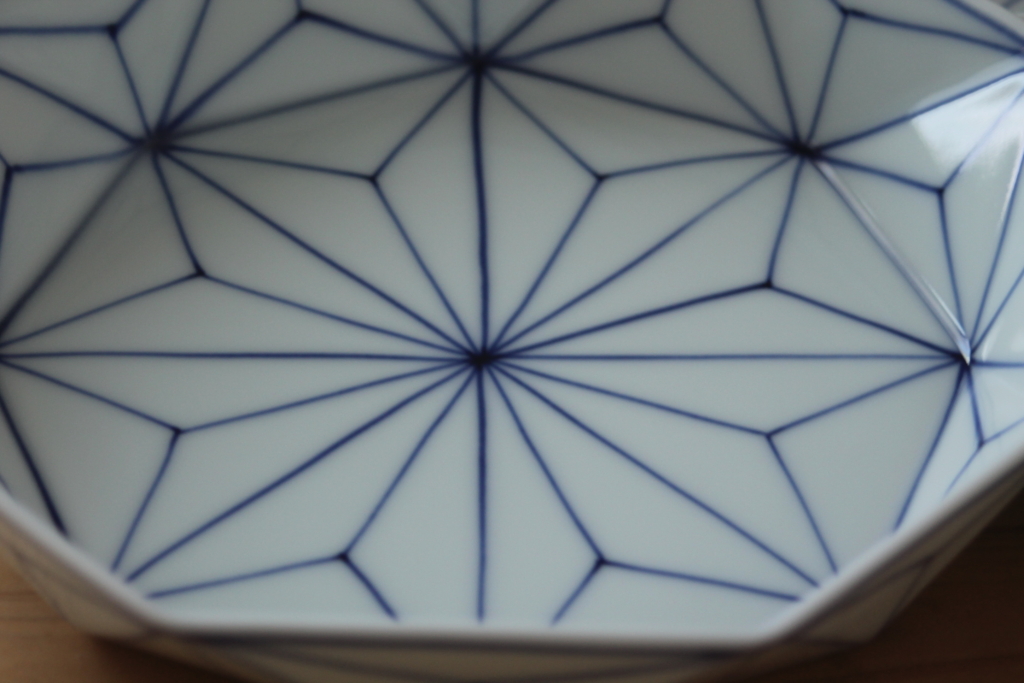
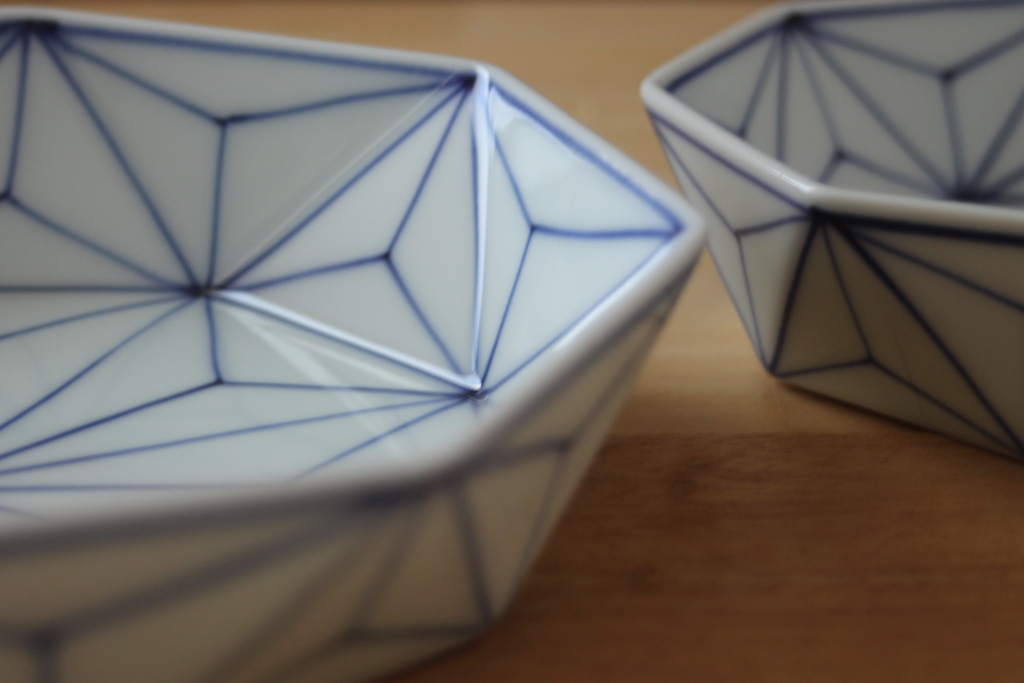
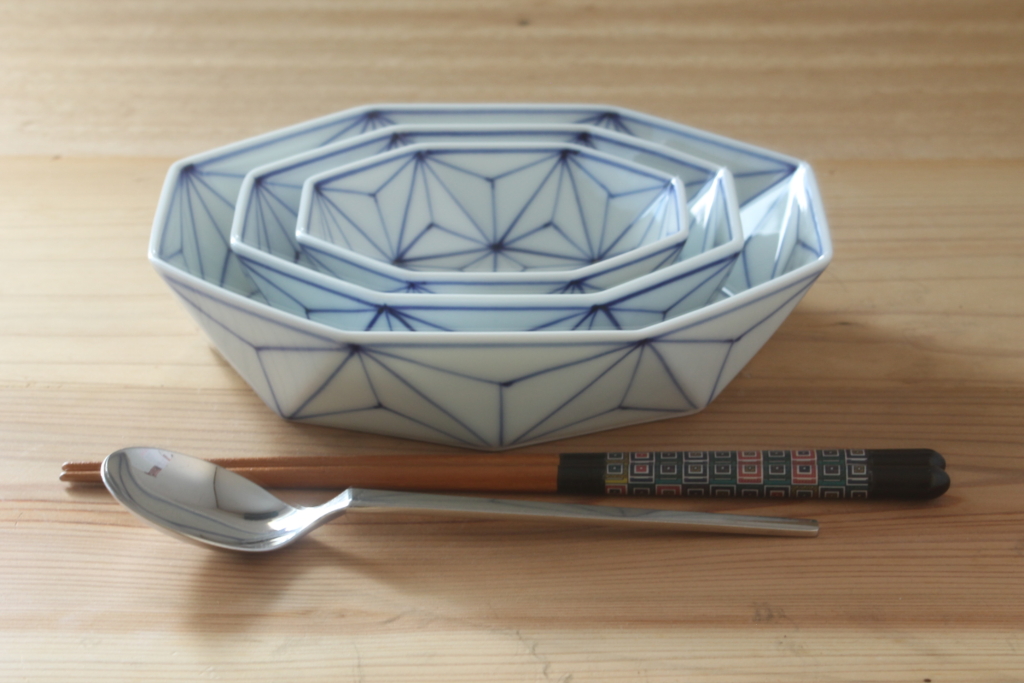
Youmyaku bowl L・M・S・SS Kind of material: porcelain(chinaware) (able to wash in a dishwasher)
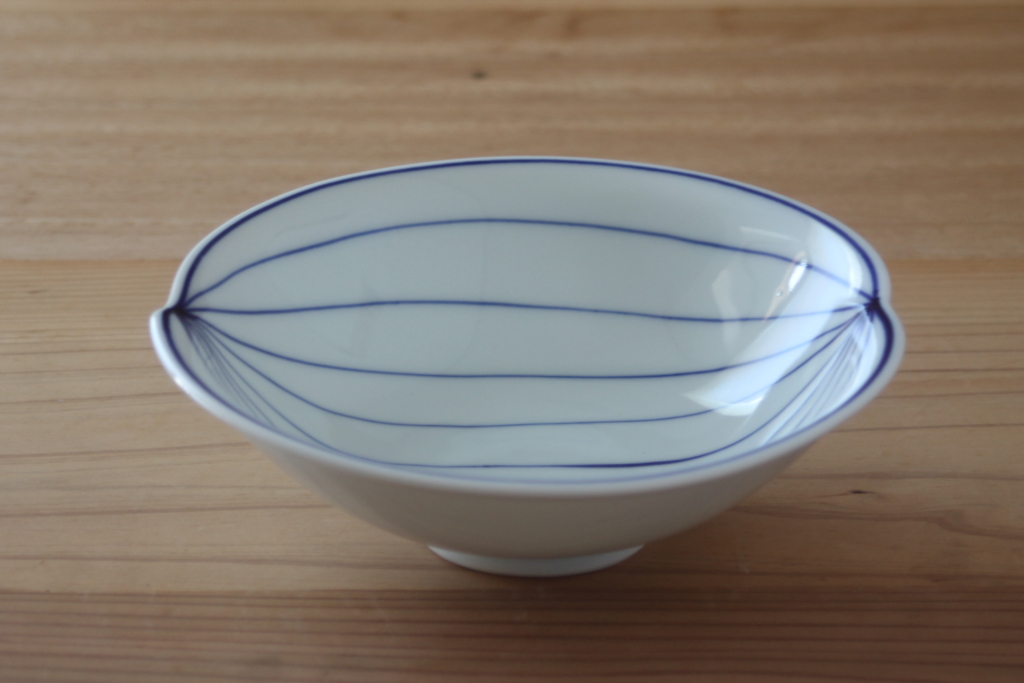
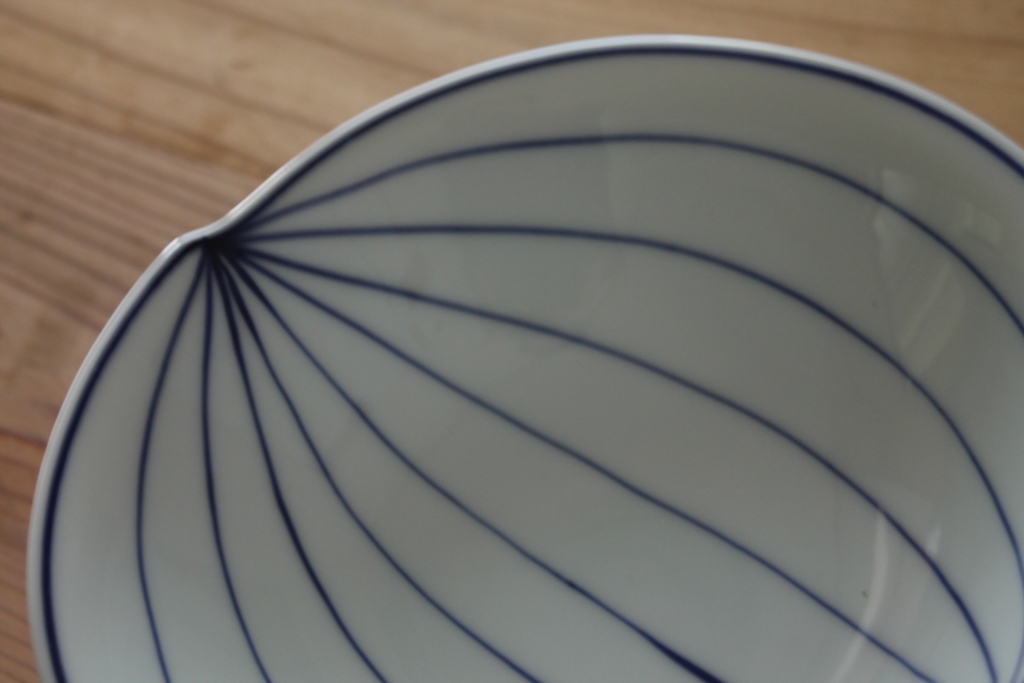
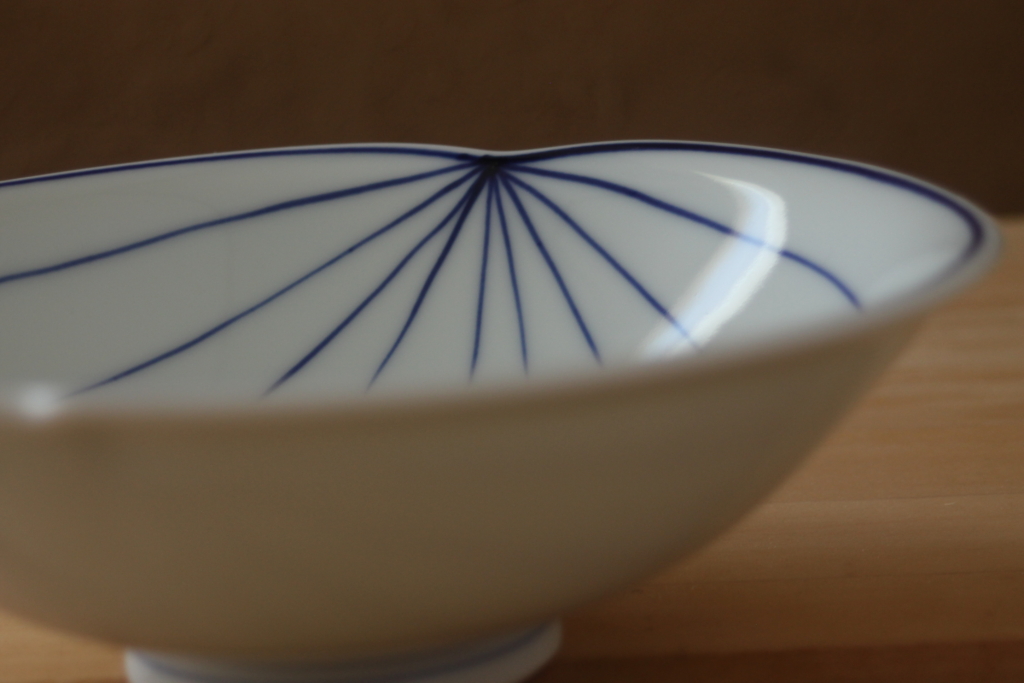
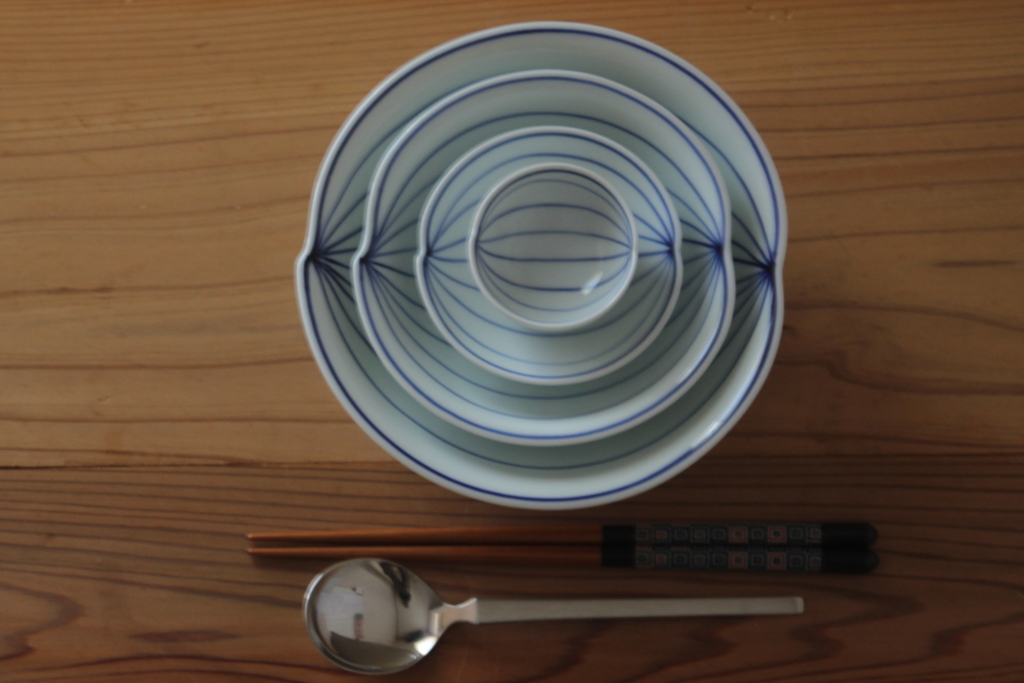
Leaf plate L・M・S Kind of material: porcelain(chinaware) (able to wash in a dishwasher)
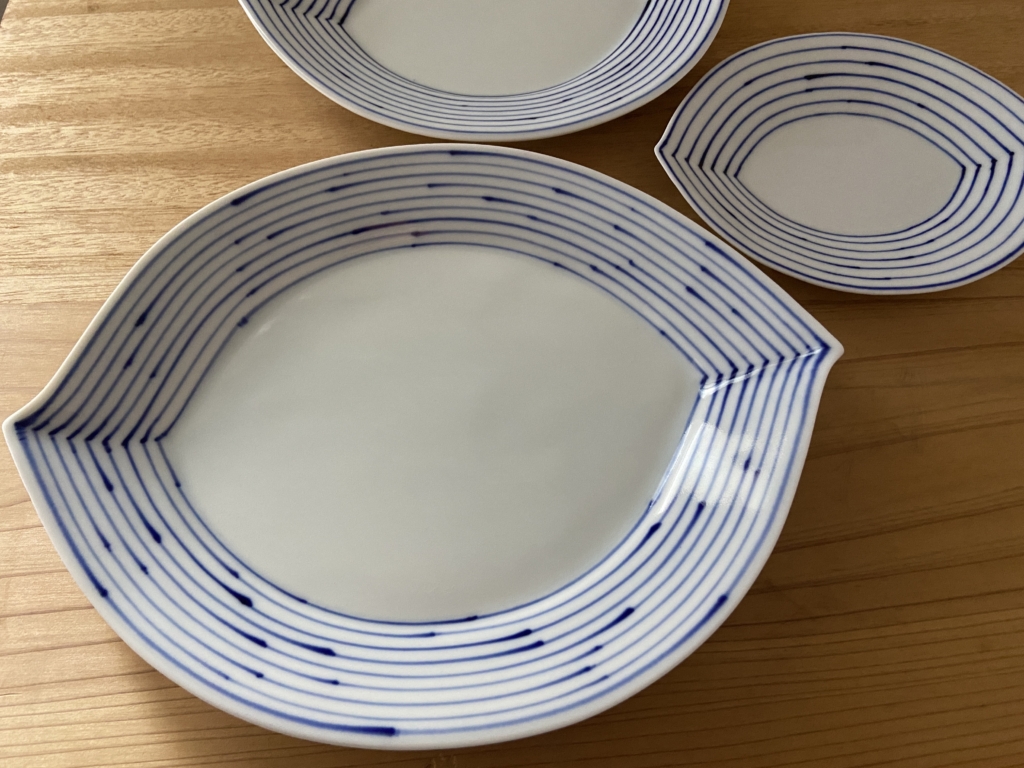
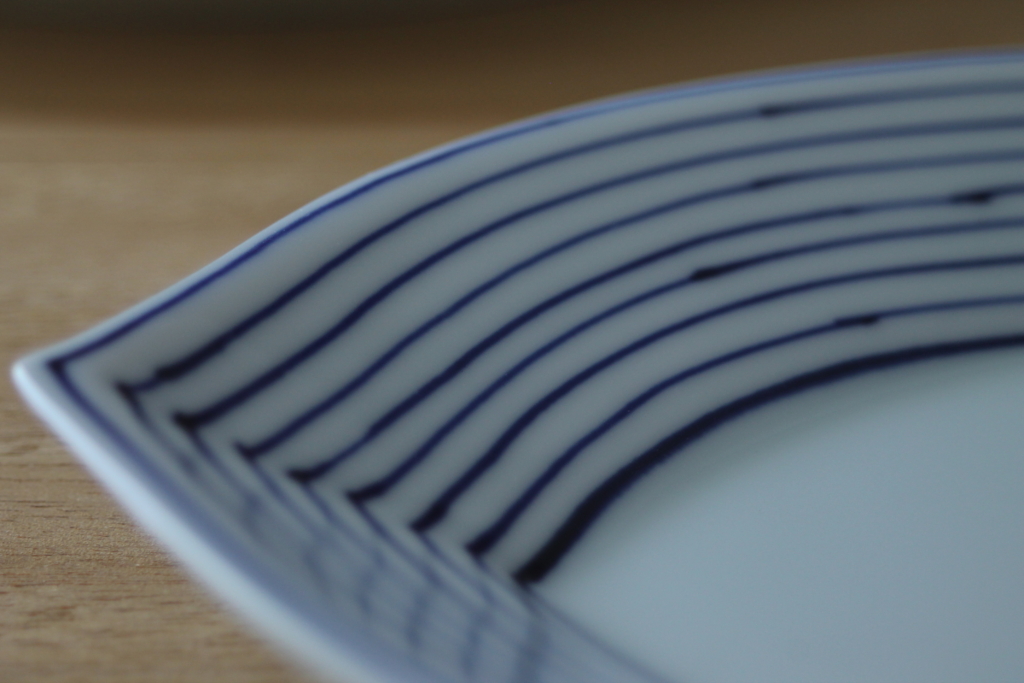
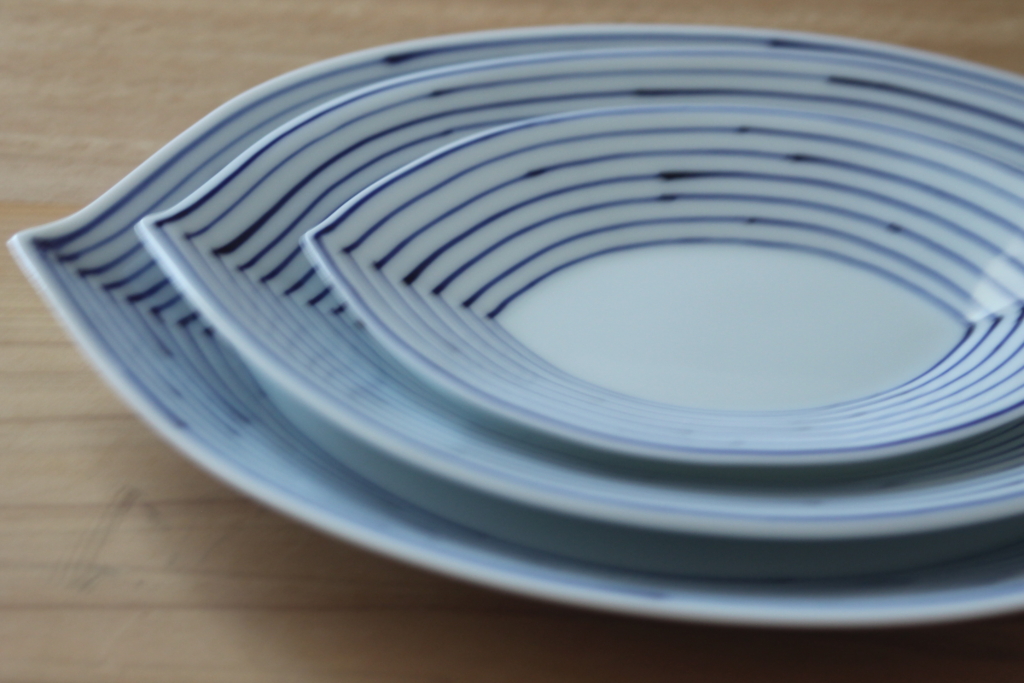
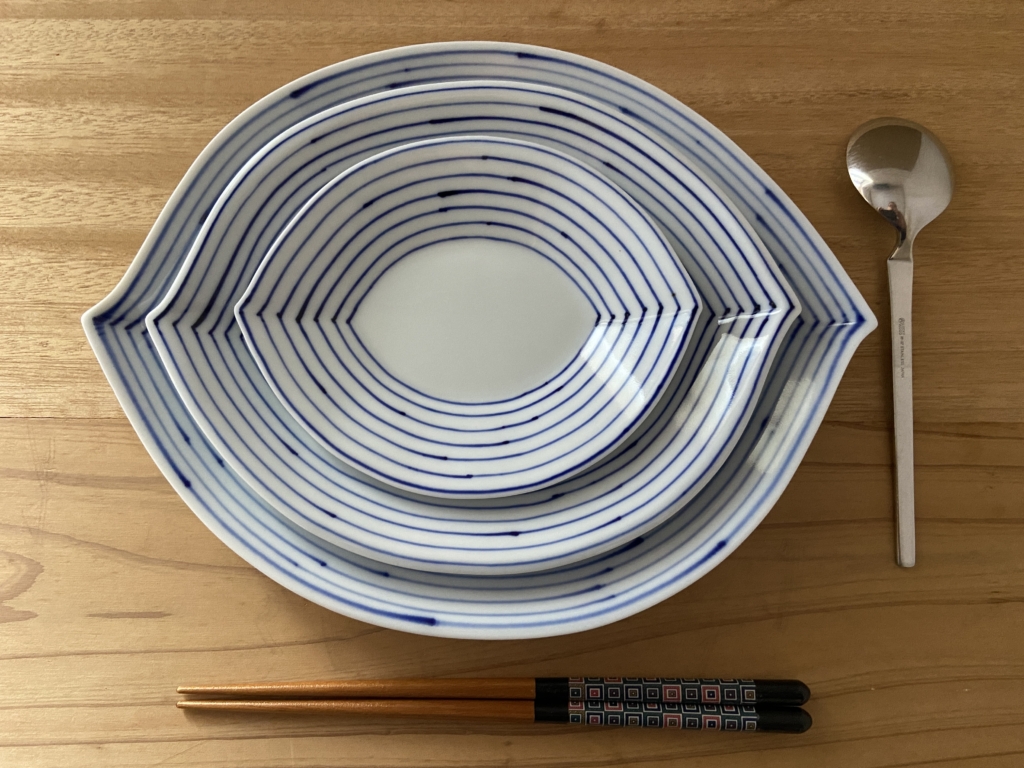
Tsubaki Kiln
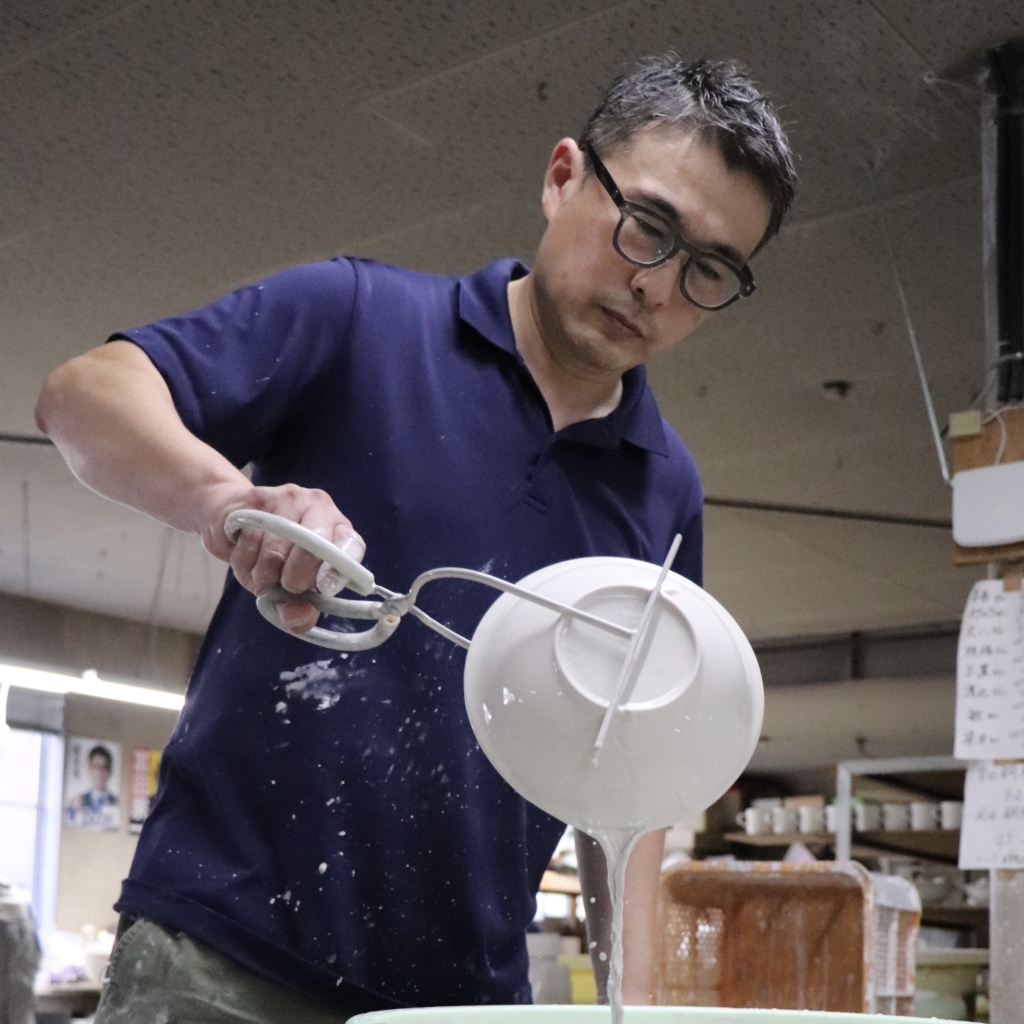
Modern design with traditional glaze.
“Kozeto” still lives actively today.
Modern design with traditional glaze.
“Kozeto” still lives actively today.
Trees and clear streams crossing, you can imagine the full of nature surrounding Tsubaki kiln.
Studied sculpture, trained in the kiln in Kyoto, Mr. Eiji Hayashi is the second generation in Tsubaki kiln.
He specializes in porcelain, not pottery.
He uses traditional ash glaze on porcelain.
This combination creates soft and warm appearance.
Also, his modern tableware shapes match any type of dishes, not only Japanese.
Natural spring plate Kind of material: porcelain(chinaware) (able to wash in a dishwasher)
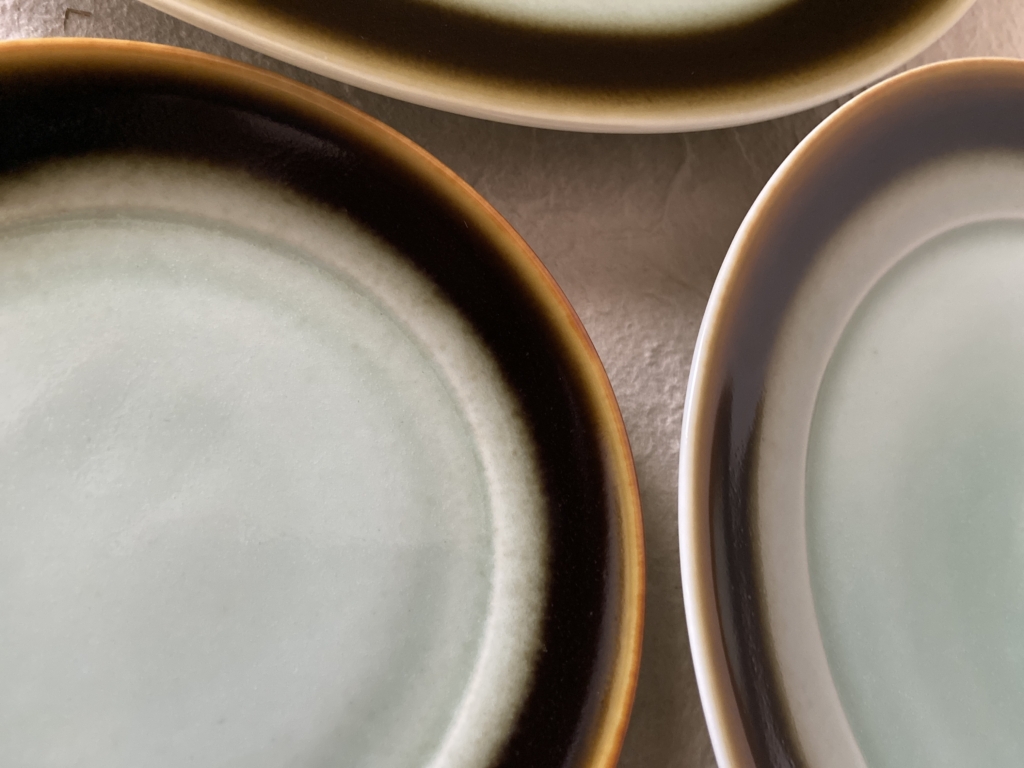
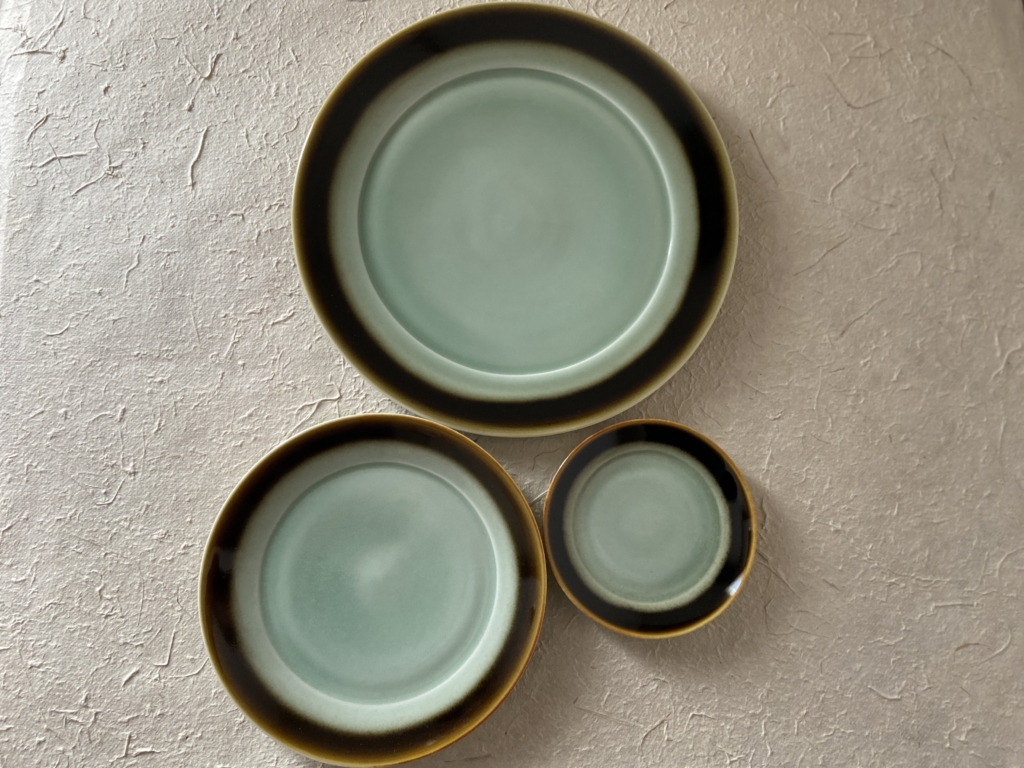
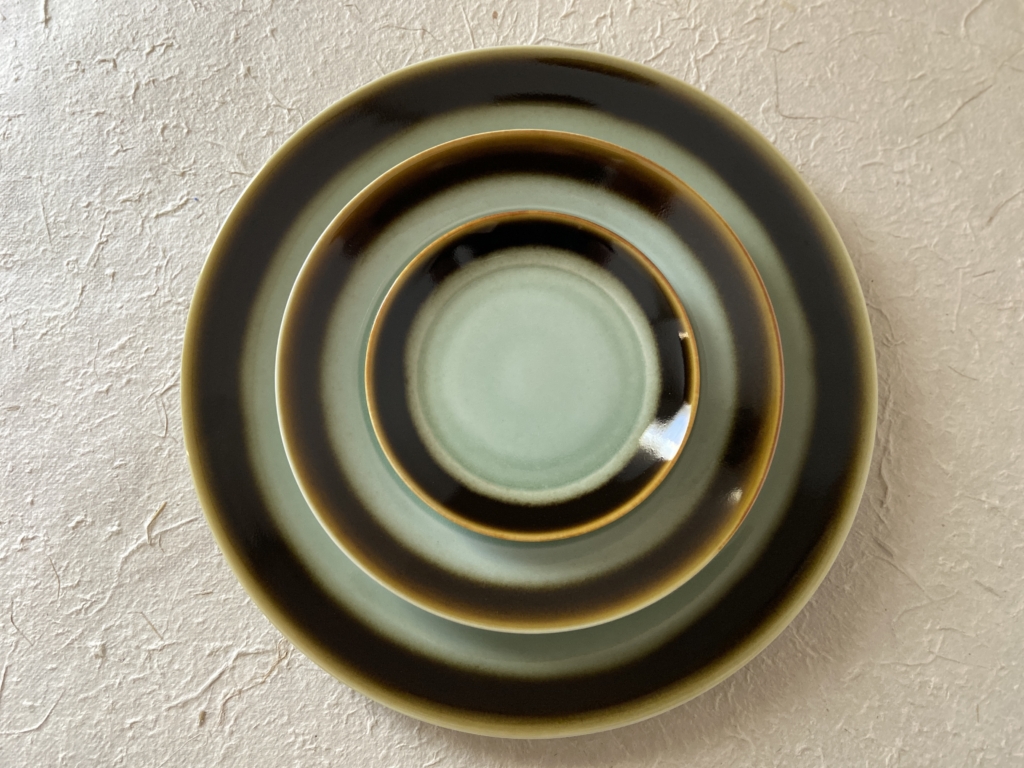
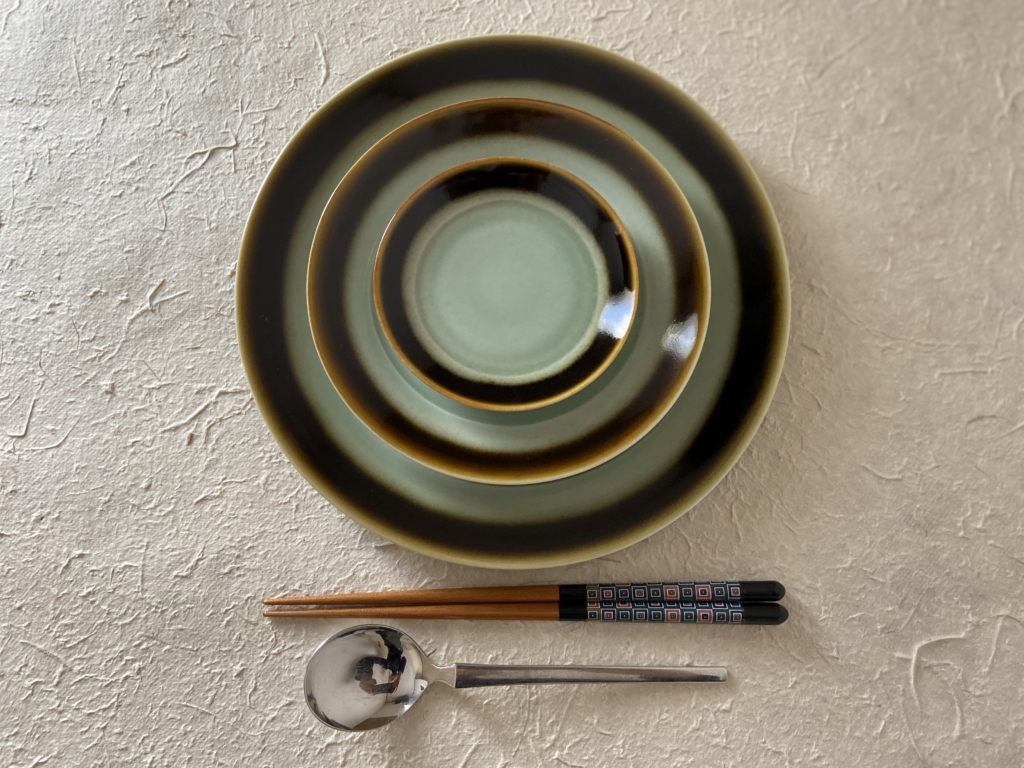
Pasta plate Kind of material: porcelain(chinaware) (able to wash in a dishwasher)
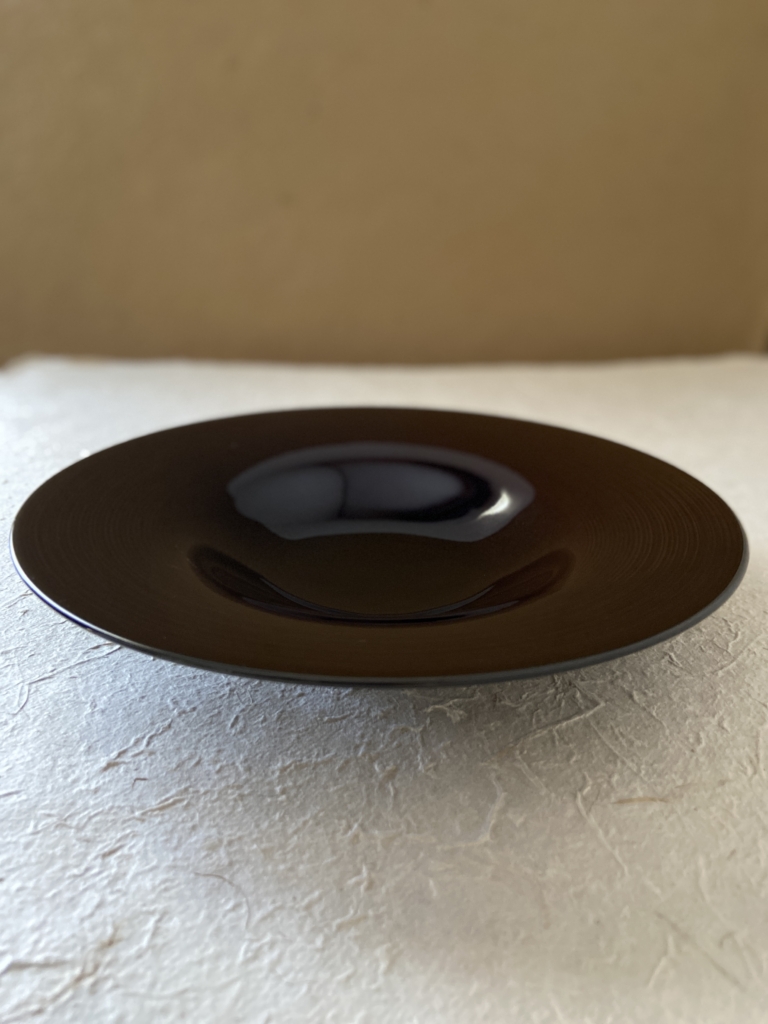
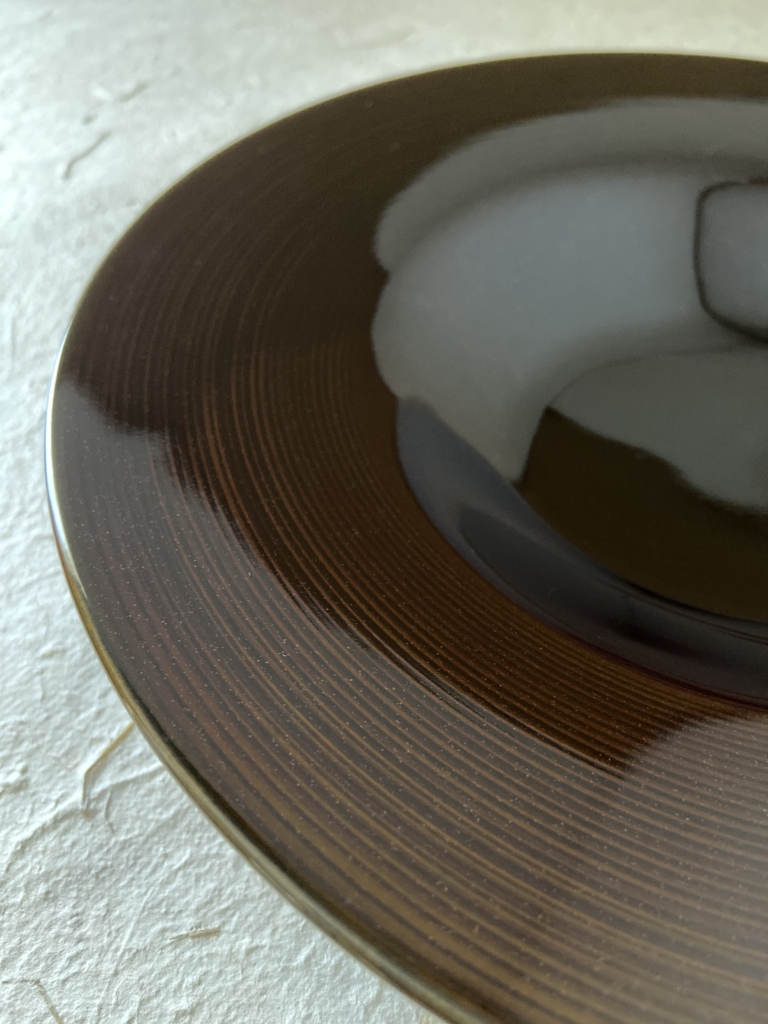
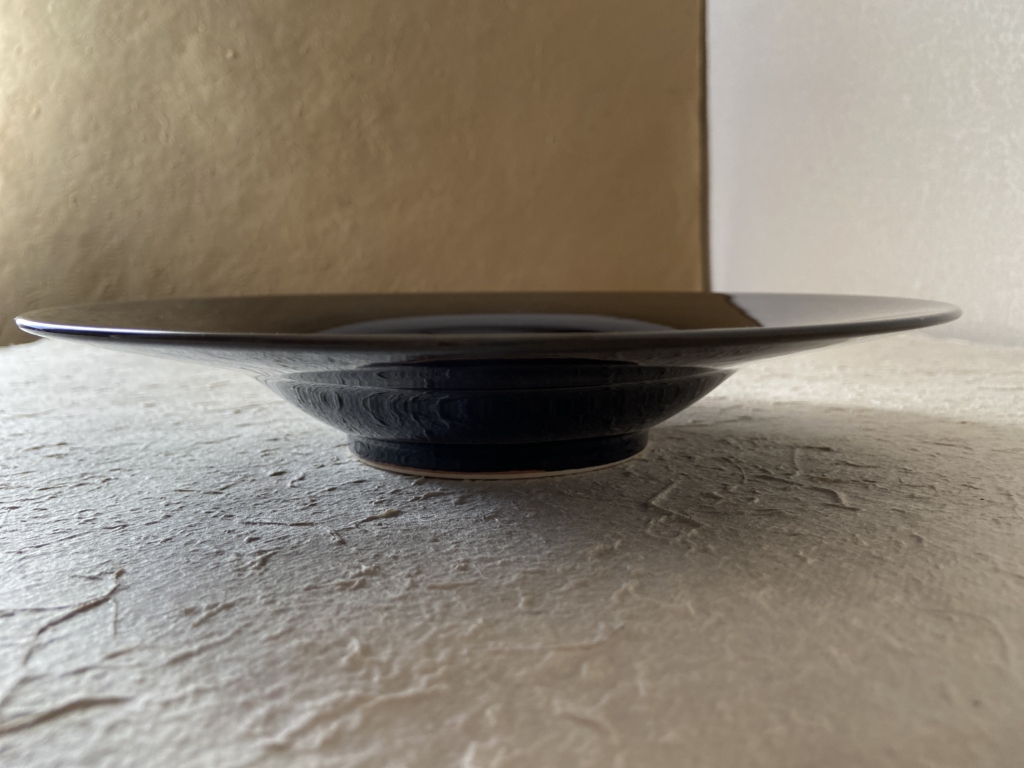
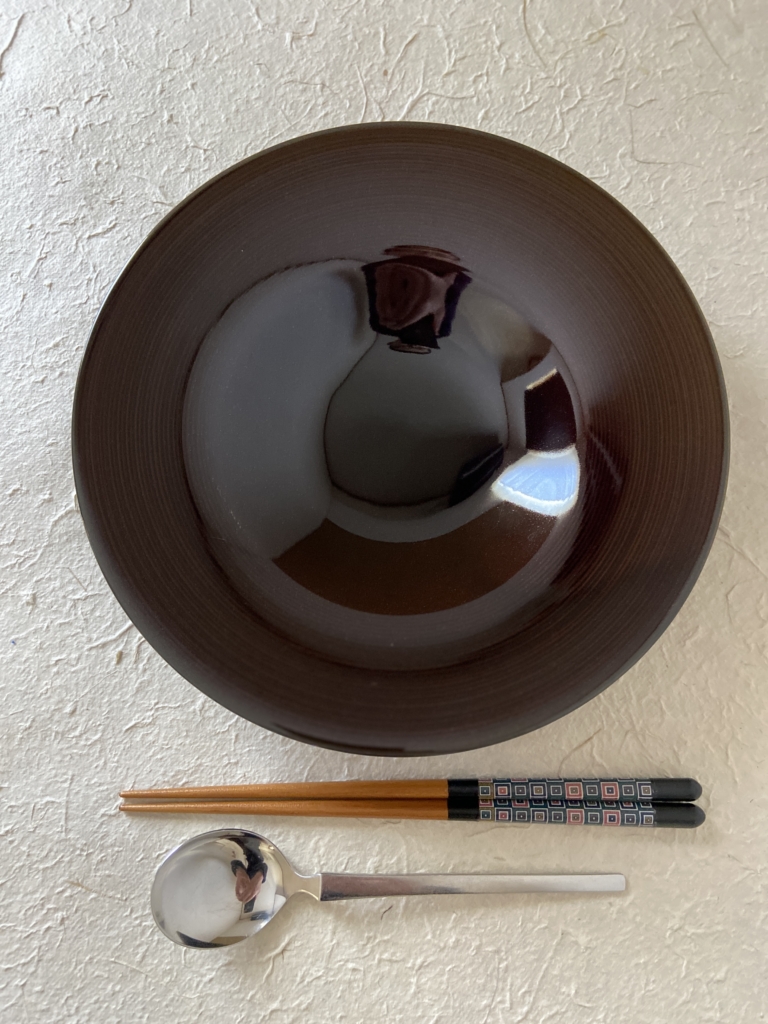
Square pasta plate Kind of material: porcelain(chinaware) (able to wash in a dishwasher)
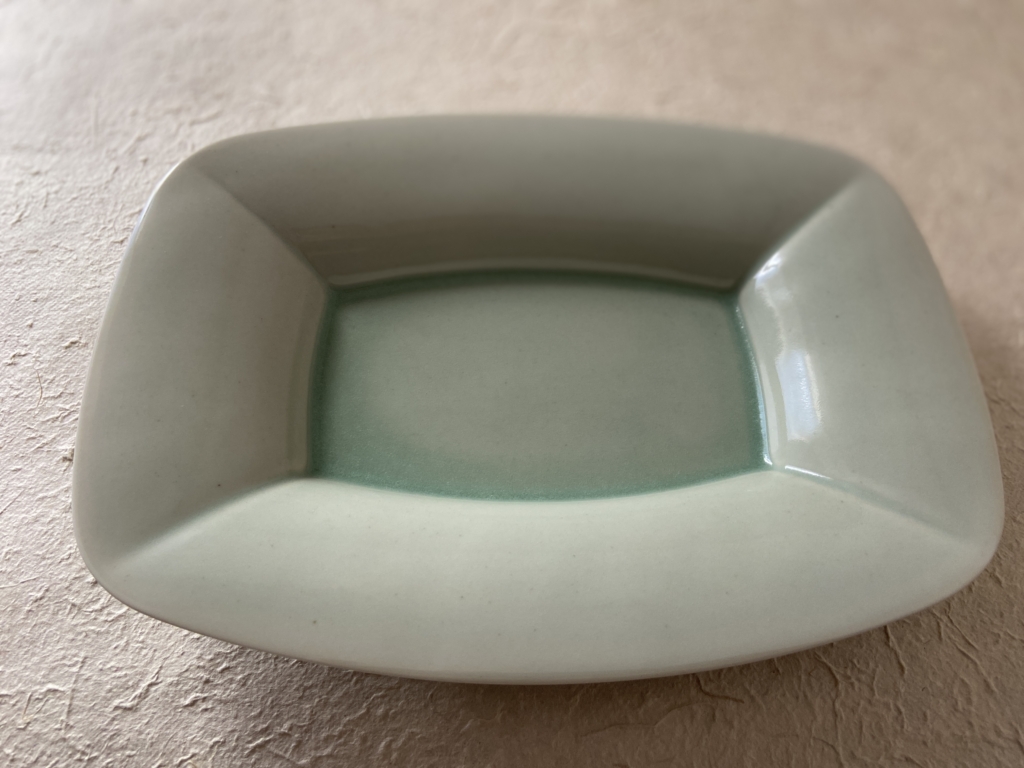
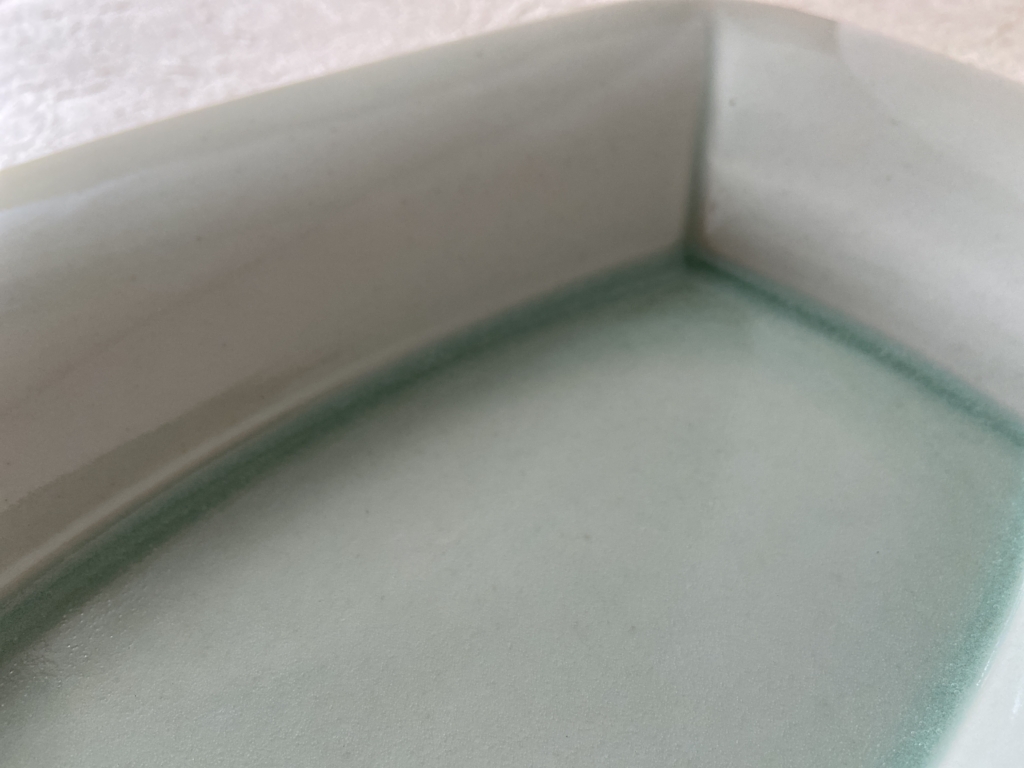
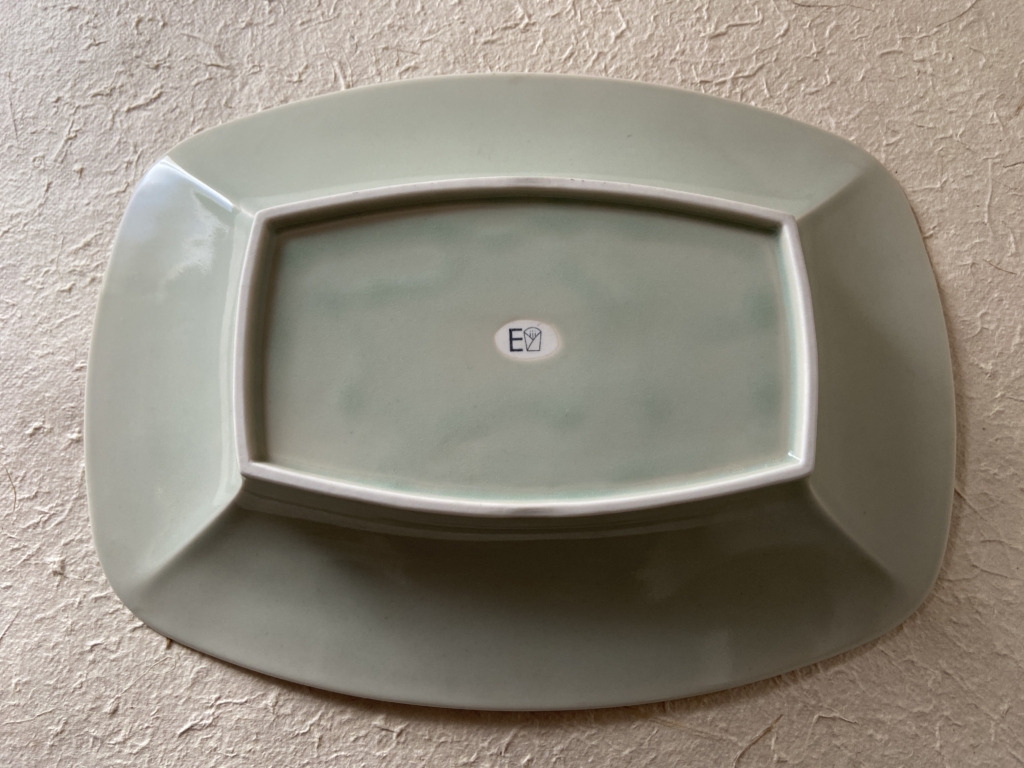
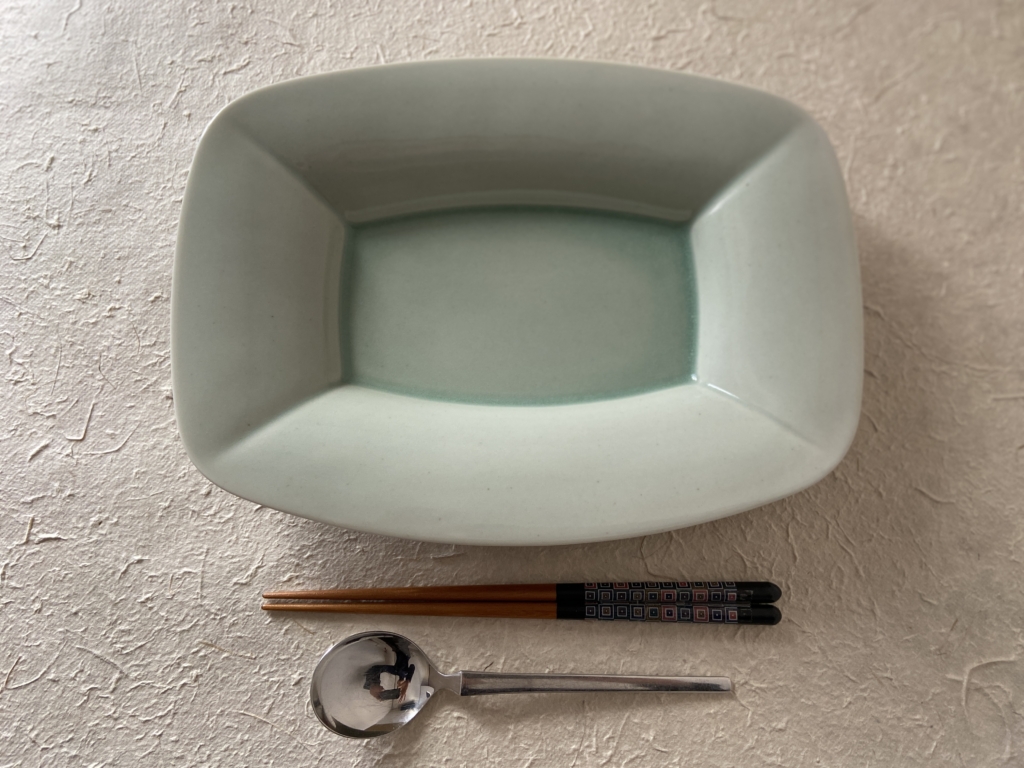
Beans shaped dish Kind of material: porcelain(chinaware) (able to wash in a dishwasher)
